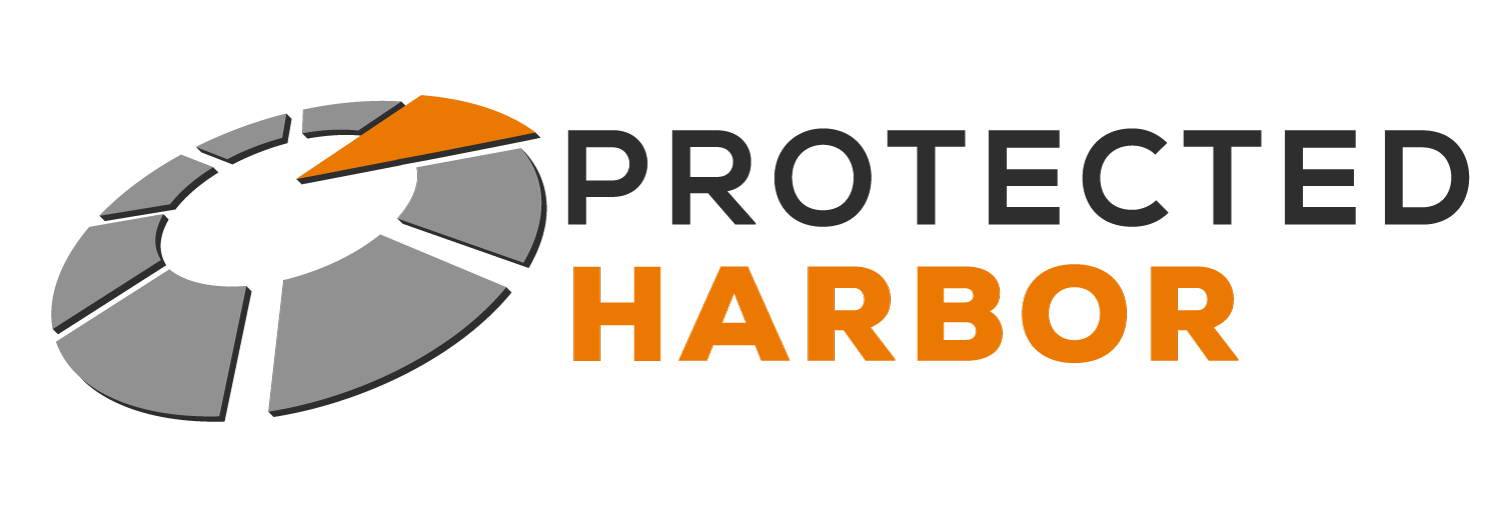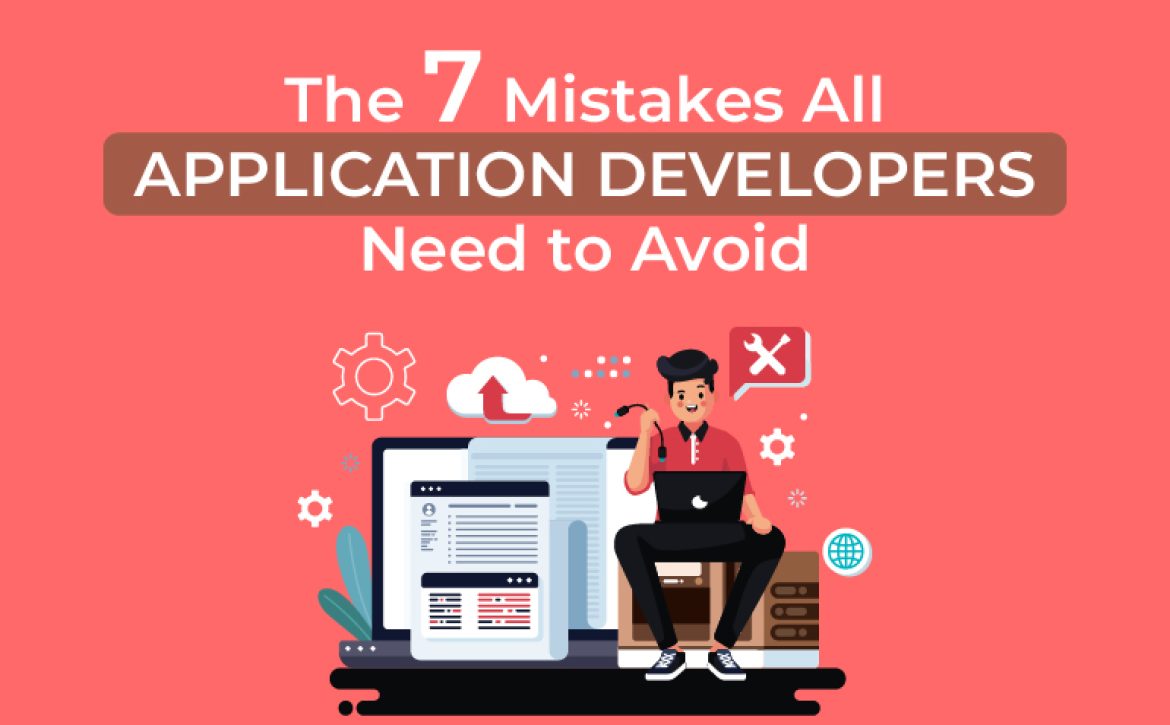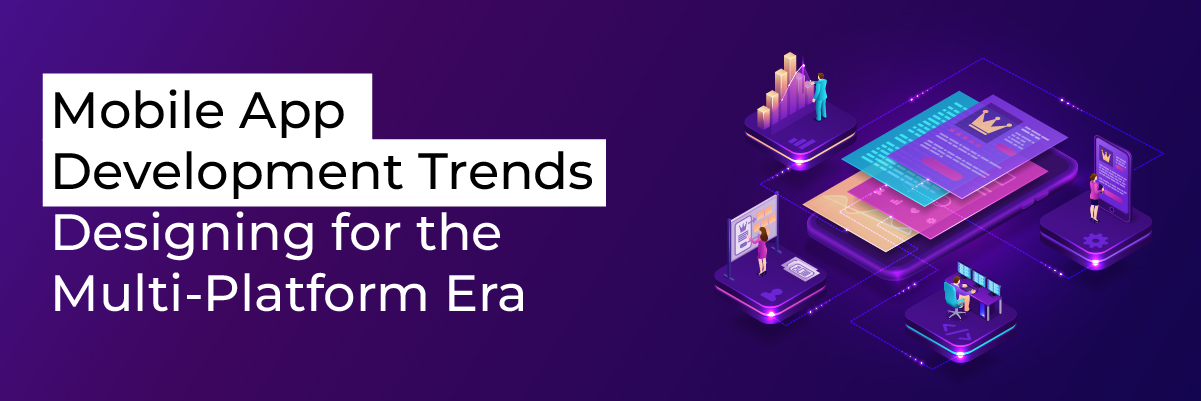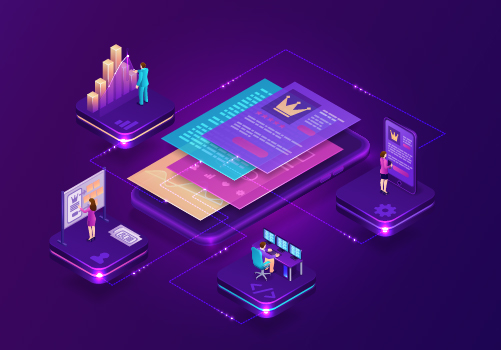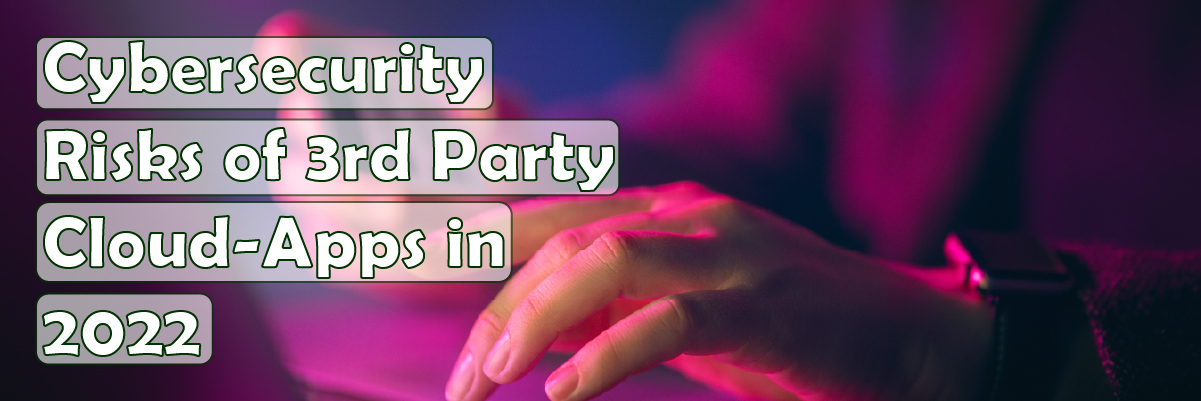The 7 Mistakes That No Application Developer Can Make
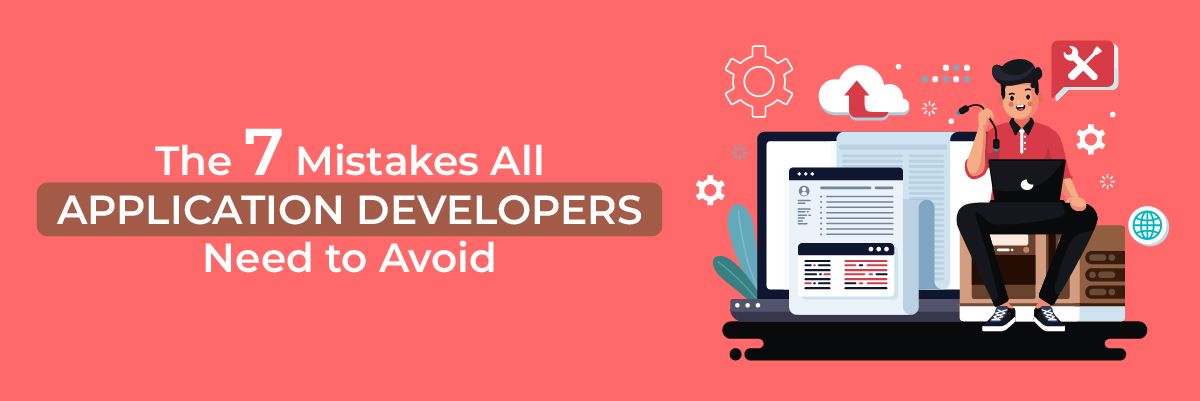
The 7 Mistakes All Application Developers Need to Avoid
Before getting to specific mistakes, it’s important to understand the root cause of most issues we encounter. Technology has become so complex that to understand and teach it, educational institutions have created information silos. Unfortunately, they are a handy mechanism within a company to be able to manage technology. However, information silos conflict with your goal of optimal performance; balancing out performance, durability, and cost.
We’ve seen and witnessed the result of information silos; poor performance, department finger pointing, spiraling costs and/or unhappy clients. This usually has a major impact on a company’s and your application’s reputation.
Here are 7 specific mistakes we encounter all too often:
- Suboptimal Resource Allocation: Without a clear understanding of the application’s requirements, the deployment team might either allocate excessive resources (leading to higher costs) or insufficient resources (leading to performance issues). Both scenarios are inefficient and can adversely affect user satisfaction.
- Deployment Failures: A lack of coordination can lead to situations where the application might not deploy correctly or even fail to deploy at all. For instance, developers might assume a certain environment setup that the deployment team isn’t aware of.
- Lack of Scalability: Developers might design applications assuming certain scalability features. If the deployment team isn’t in sync, they might not provision resources in a manner that supports this scalability, potentially causing system crashes or slowdowns during high-usage periods.
- Ineffective Scalability Planning: (different then a lack of) Without collaborative discussions, developers might not design applications with scalability in mind, or they might make assumptions that don’t align with the deployment team’s capacity planning. For instance, a developer might assume that scaling up resources in response to increased demand is straightforward, while the deployment team knows that there are budgetary or logistical constraints. This can lead to situations where an application cannot effectively scale to meet user demand, leading to performance bottlenecks and user dissatisfaction.

- Security Vulnerabilities: If developers aren’t in sync with the deployment team, certain security measures might be overlooked. For example, developers might be unaware of security policies enforced on the infrastructure, which can inadvertently introduce vulnerabilities.
- Increased Troubleshooting Time: In the event of post-deployment issues, disjointed information and lack of prior coordination can make pinpointing problems challenging. This can lead to extended downtimes, affecting both performance and user satisfaction.
- Inefficient Cost Management: Without coordination, there could be unexpected costs. For instance, developers might design applications expecting them to run continuously, while the deployment team, aiming to save costs, might have scheduled resources to be available only at certain times. Such mismatches can result in application downtimes or unexpected cost overruns.
How to avoid the mistakes
The solution is both harder and simpler than you think. The solution is not a device, technology, or a piece of software, it is properly calibrating the human resources available.
Programmers, Developers and Infrastructure groups have different focuses but mutually compatible goals. The programming and developer groups always wants the applications to perform well, and the Infrastructure group always wants data to safely and easily process and work through the system. Without trust between the groups when a problem occurs the natural reaction is to plan the other group. Click here for a solution on how to deal with this issue.
For modern, agile, and efficient IT operations, synchronization between developers and infrastructure managers is not just a good practice; it’s a necessity.
At Protected Harbor, we have been working with company’s teams to create environments that are not only stable but scalable, faster and at a reduced cost. Contact us today!

